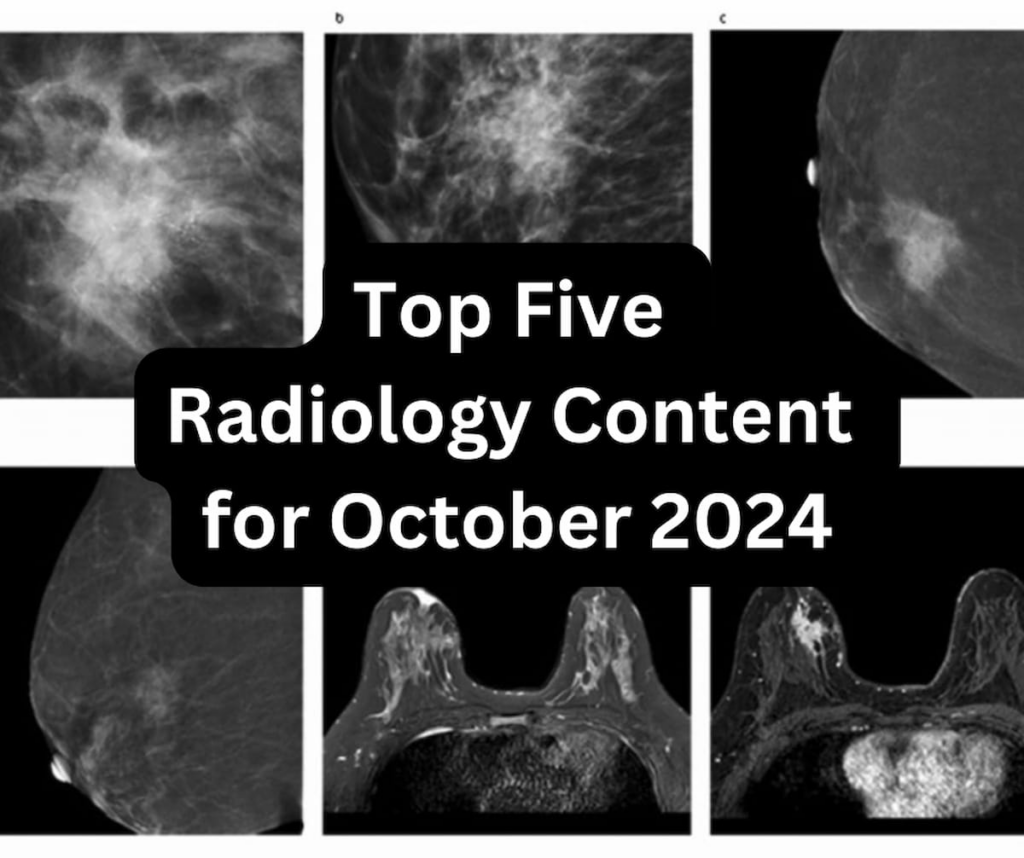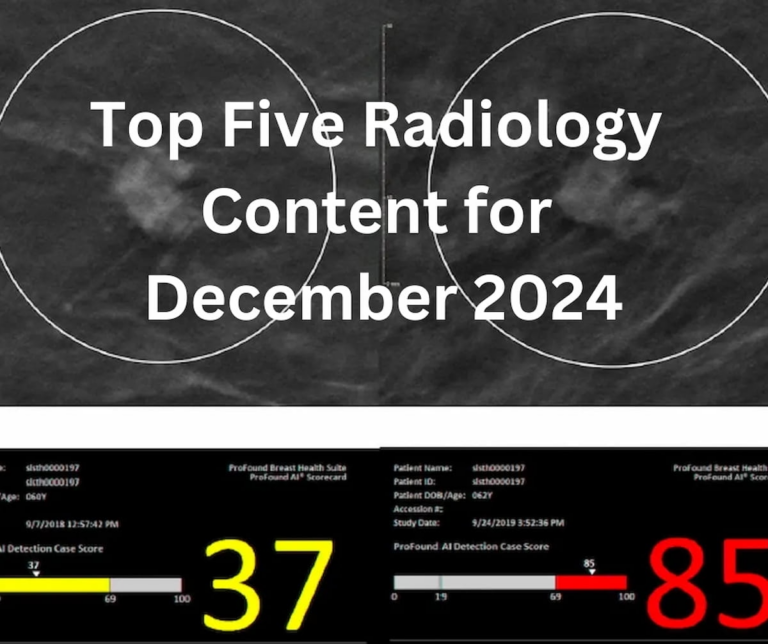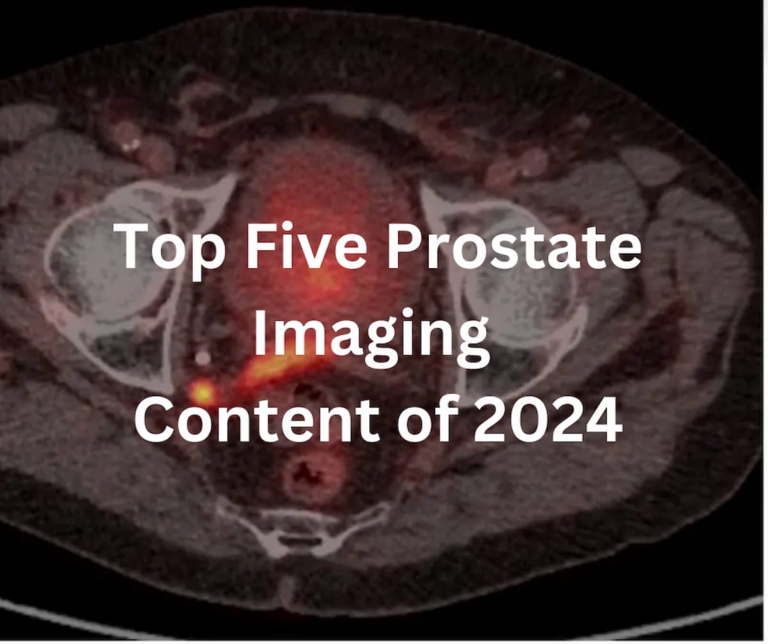
In October 2024, readers of Diagnostic Imaging found themselves immersed in a diverse array of topics within the field of radiology. These popular articles covered groundbreaking advancements and thorough research across several areas, from the intricacies of rectal MRI to innovative treatments for pancreatic cancer. Let’s delve into the five most engaging pieces from this month:
One highly regarded article examined the results of a recent literature review on rectal MRI. This comprehensive analysis provided insights into the latest techniques and findings, shedding light on how these developments could enhance diagnostic precision and patient outcomes. The growing utilization of rectal MRI has been attributed to its ability to provide detailed imaging that aids in the accurate assessment of rectal lesions, an advancement that continues to intrigue professionals in the medical imaging community.
Another article that caught significant attention discussed the Kaiser score’s role in assessing contrast-enhanced mammography (CEM). As the medical field increasingly relies on advanced imaging techniques, the Kaiser score offers a valuable method for evaluating CEM results. Using this scoring system helps radiologists determine the probability of malignancy in breast images, enhancing early detection and treatment planning. Insights from this piece indicate the score’s potential in establishing CEM as a standard practice for breast cancer screening.
Radiologists and medical professionals were also drawn to a piece on a novel treatment approach for pancreatic cancer, using high-intensity focused ultrasound (HIFU). This emerging technique promises to revolutionize how pancreatic cancer is treated, by offering a non-invasive alternative to traditional methods. The article explored HIFU’s mechanism of action, leveraging focused sound waves to target tumor cells, potentially reducing the need for surgery and leading to fewer side effects. This promising treatment reflects a shift towards more patient-friendly cancer therapies.
In addition to these topics, the urgency of improving diagnostic methods for various cancers underlined the importance of continual research in the radiology field. The integration of advanced imaging technologies into routine clinical practice not only enhances diagnostic accuracy but also improves patient care across multiple cancer types.
Lastly, the month’s content didn’t just focus on technological advances, but also underscored the importance of staying informed on current trends and practices in radiology. For practitioners and enthusiasts alike, keeping abreast of such developments is crucial for fostering growth and innovation within the medical imaging landscape.


